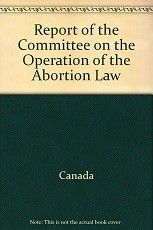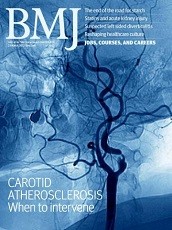Nancy E Simpson

Extract
None of us “advise” either prenatal diagnosis or therapeutic abortion; we attempt to inform the families of their risks and available options and help them make a decision in the light of their perception of the burden 0f the disease in question, the degree of their desire to have more children and their religious or ethical beliefs. . . . only 5% of the pregnancies: of women who underwent amniocentesis for prenatal diagnosis were selectively aborted, that the procedure served as reassurance for the parents of the fetus, and that in some cases, amniocentesis may have prevented therapeutic abortion being performed because of fear that the fetus was defective, when the fetus was in fact normal.
Simpson NE. (Correspondence) Prenatal diagnosis of genetic disease (author reply). Can Med Assoc J. 1977 Jan 22;116(2):134.

